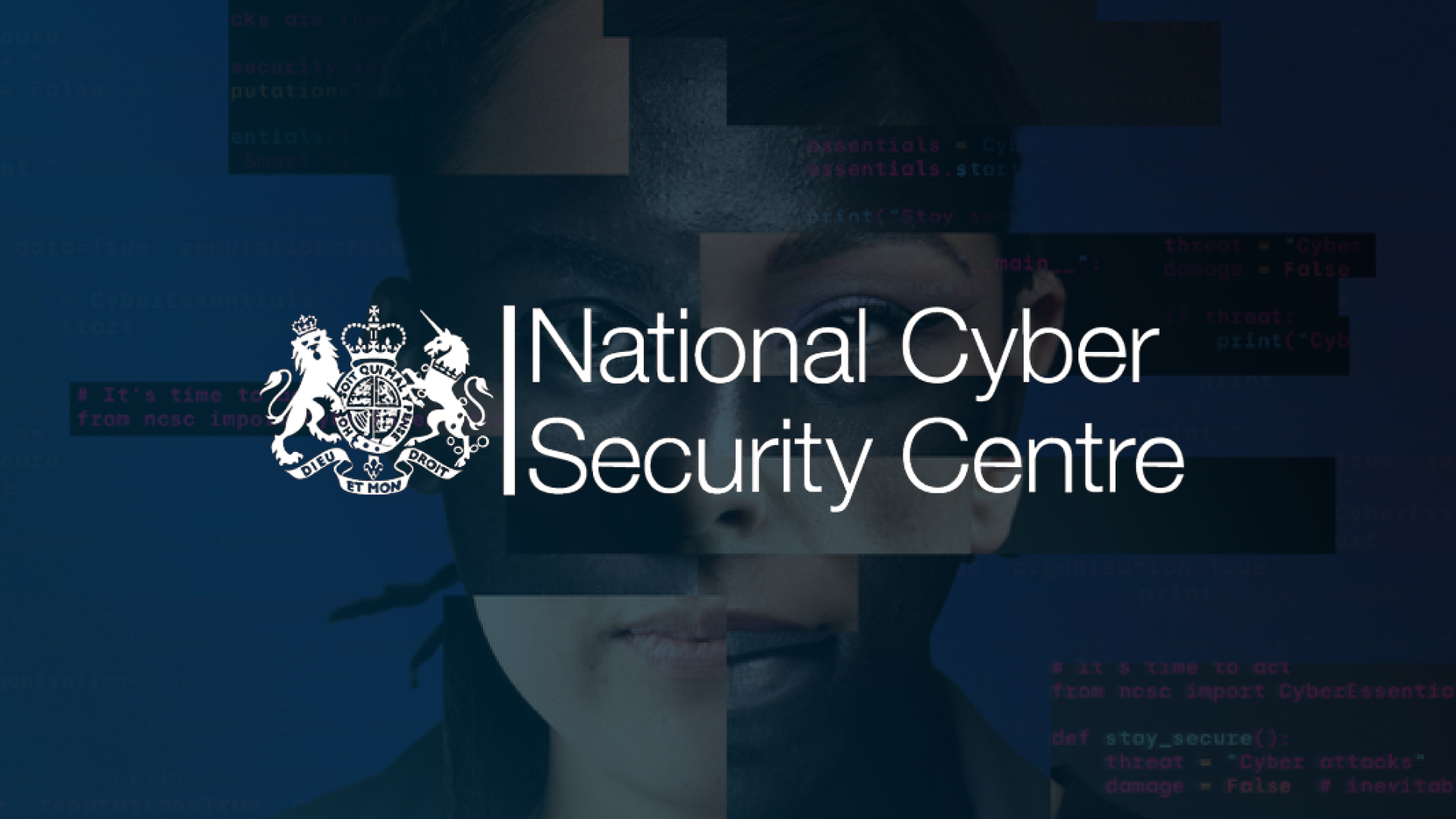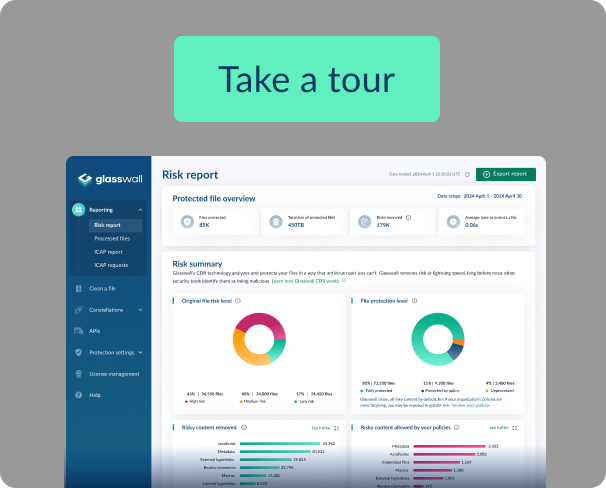Multi-factor authentication isnt enough – heres why
Cybersecurity Awareness Month kicks off with guidance on the importance of enabling multi-factor authentication (MFA). Familiar to many, MFA enforces a two-step process when logging into online accounts, so users have to identify themselves with more than their username and password. It is designed to protect against hackers, who typically use phishing attacks to steal passwords or get around weak ones by guessing.
Its main benefit is that the additional layer of protection it creates makes it much harder for cybercriminals to gain unauthorized access to online accounts. MFA is easy to implement within websites and apps, while also offering a straightforward login process for users. As a result, it has become a minimum requirement for organizations focused on protecting data and is increasingly built into cybersecurity compliance regulations – and quite rightly so.
The challenges of MFA
The emerging challenge for MFA is that it is increasingly under attack by sophisticated cybercriminals who are looking to undermine the effectiveness of established security processes and technologies.
Concern is growing, for example, around the impact of ‘MFA Fatigue’, whereby threat actors engineer an “endless stream” of MFA push requests to user devices, which according to Bleeping Computer aim to “break down the target’s cybersecurity posture and inflict a sense of “fatigue” regarding these MFA prompts.” In the end, users can become so overwhelmed by the volume of requests that they accept a bogus request that enables hackers to defeat the protection MFA offers.
Even with these challenges, MFA remains a key component of a rounded, zero-trust cybersecurity strategy. But to ensure they deliver holistic protection, organizations must also focus on the risks presented by file-based threats. For example, can you trust the data and files used everyday by your employees and supply chain?
A zero-trust approach to files
To recap, the ‘zero trust’ security model is based on the premise that by default nothing interacting with IT infrastructure is trusted, regardless of whether it’s inside or outside a network. This is particularly relevant in the case of file-based threats, considering approximately 1 in every 100,000 files contains potentially malicious content, with 98% are unknown by anti-virus solutions for up to 18 days before they are updated to mitigate potentially devastating risks.
As a result, detection-based security methods – such as antivirus and sandboxing solutions – have to play catch up with new and unknown threats and malware that contains malicious code. In contrast, Glasswall’s zero-trust CDR (Content Disarm and Reconstruction) solutions instantly clean and rebuild files (PDF, Excel etc) to match their ‘known good’ industry specification – automatically removing potential cyber threats. This simple approach ensures every document entering or leaving the organization is safe, without sacrificing productivity.
Adding a Content Disarm and Reconstruction (CDR) capability to the cybersecurity stack plays a vital role in a rounded zero-trust cybersecurity strategy, particularly in the fight against malicious file uploads. Coupled with MFA and other proven security technologies, it offers protection that doesn’t wait for detection.
To find out more about Glasswall’s zero-trust CDR solutions, click here.
Cybersecurity Awareness month
Cybersecurity Awareness Month has become an important annual event created to raise awareness about digital security and empower everyone to protect their personal data from digital forms of crime. Now in its 19th year, the event is organized around a group of key themes, Glasswall is delighted to be participating as one of 2022’s Event Champions.







.png)
